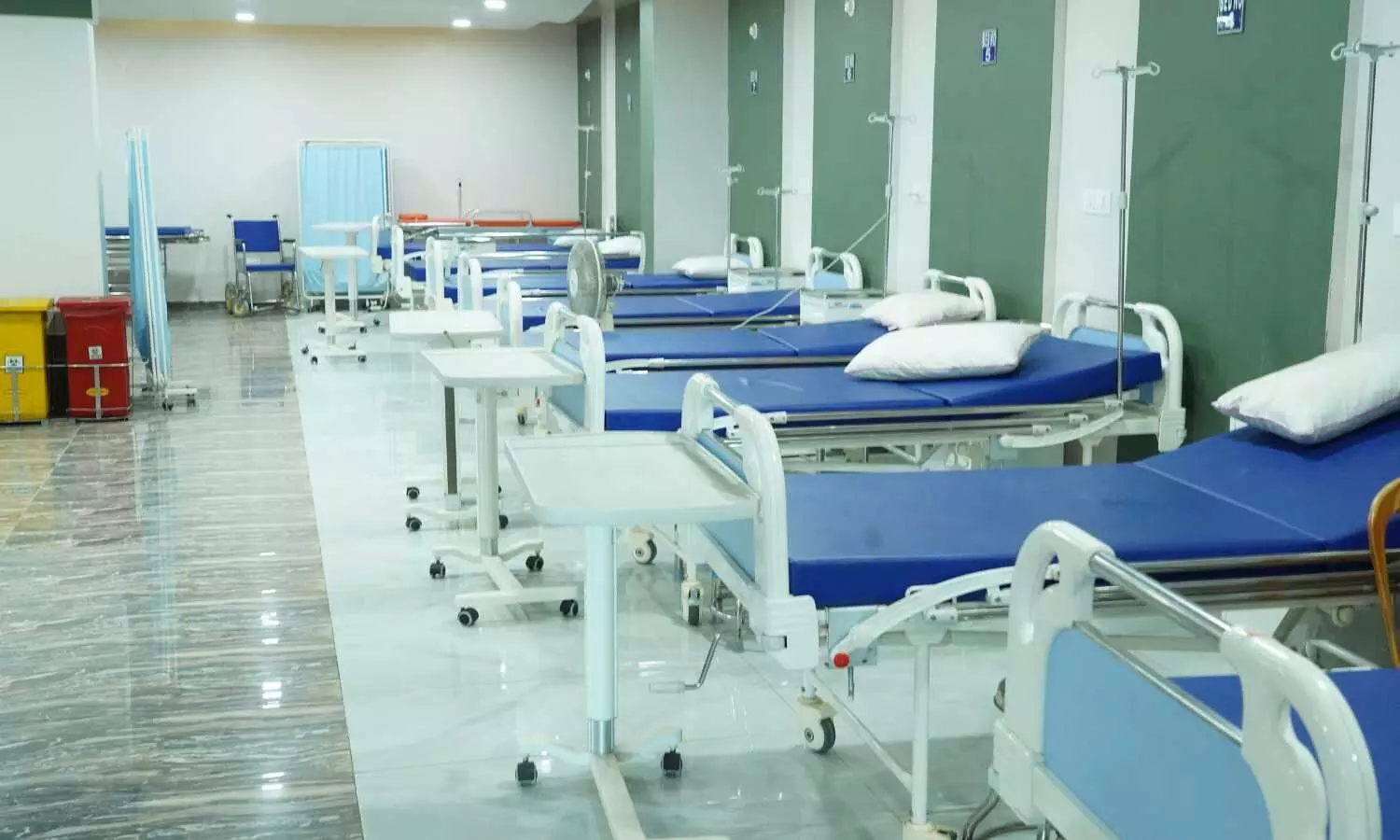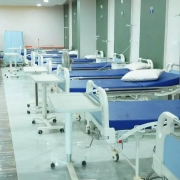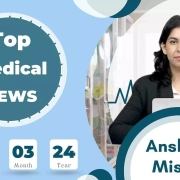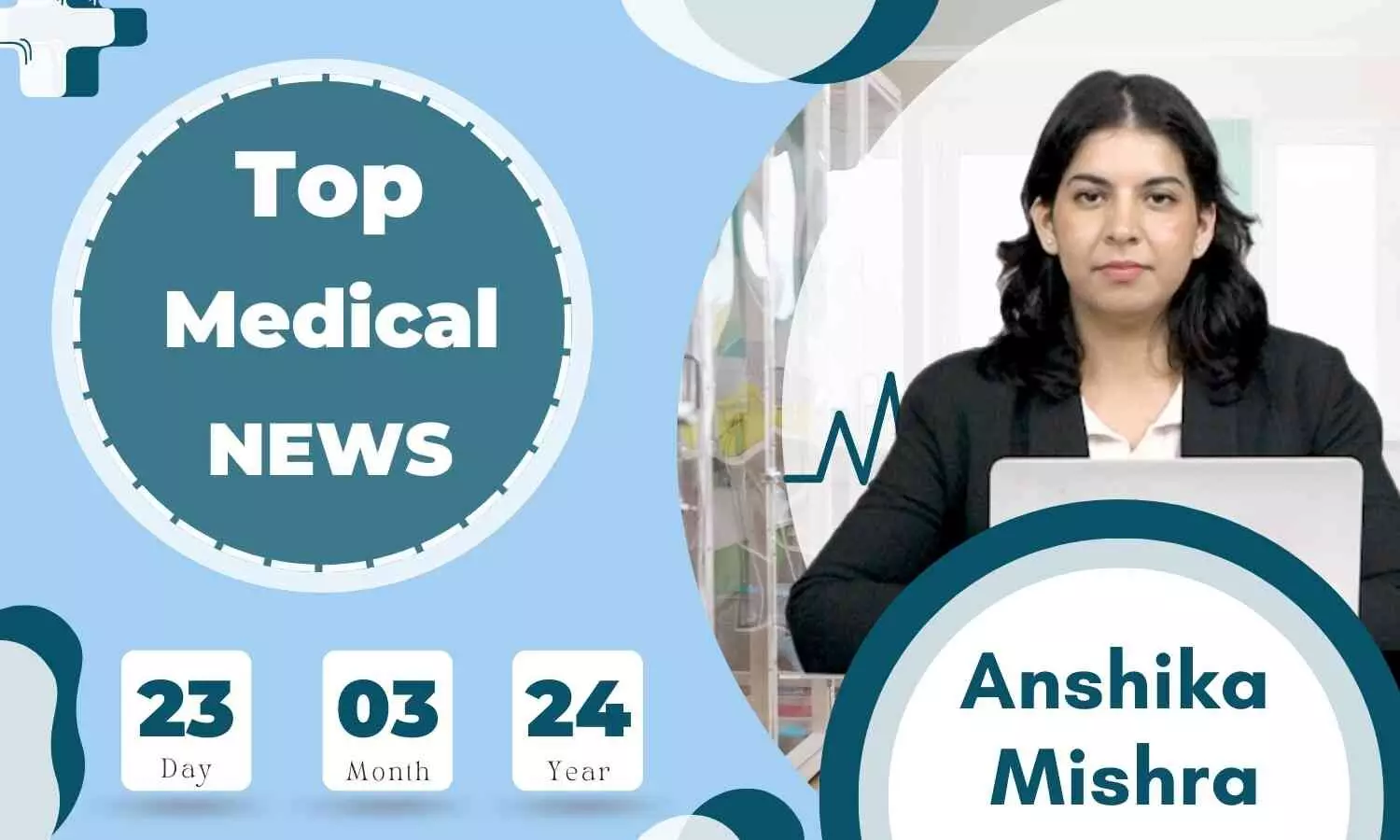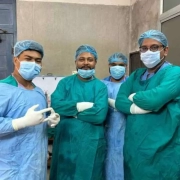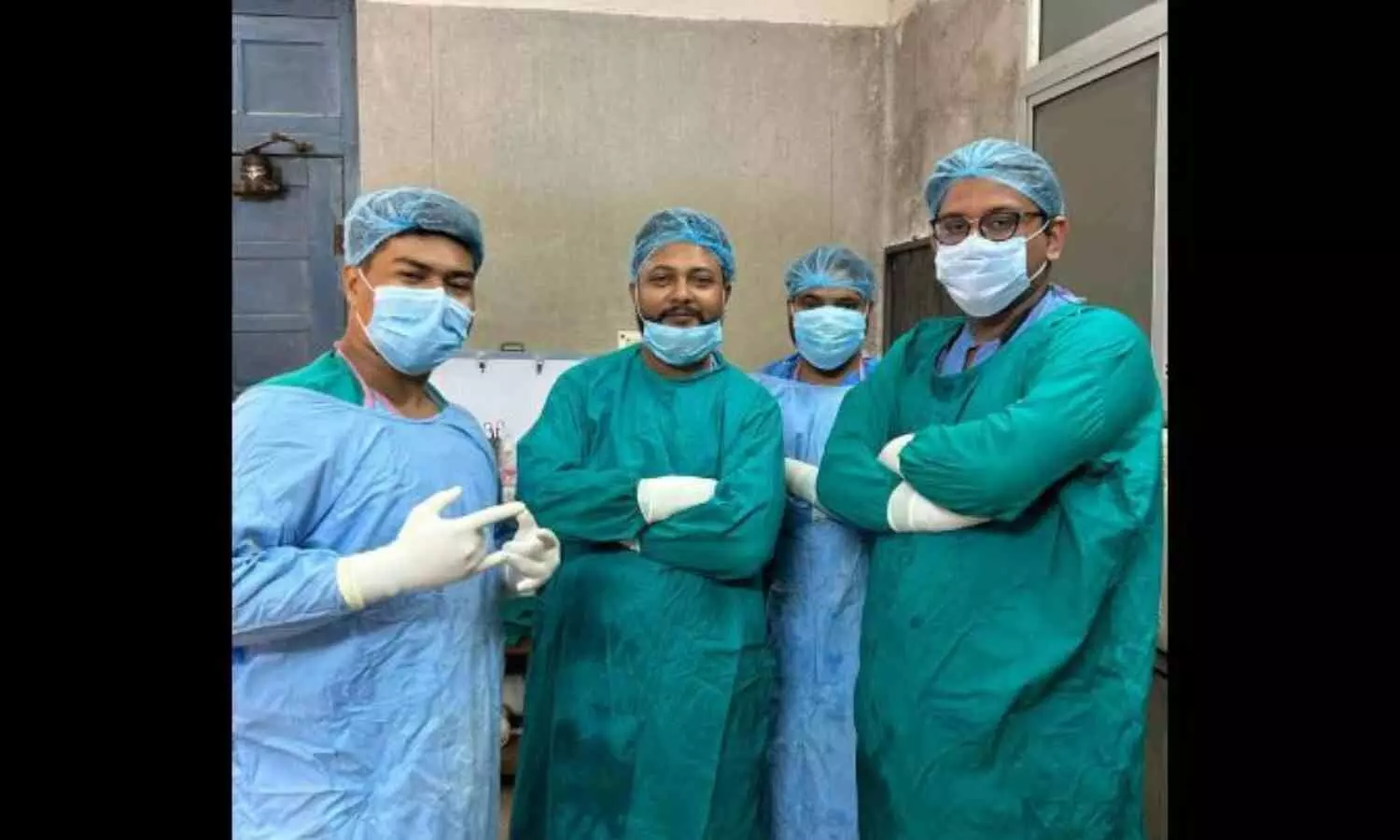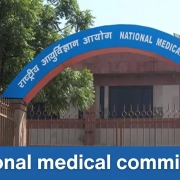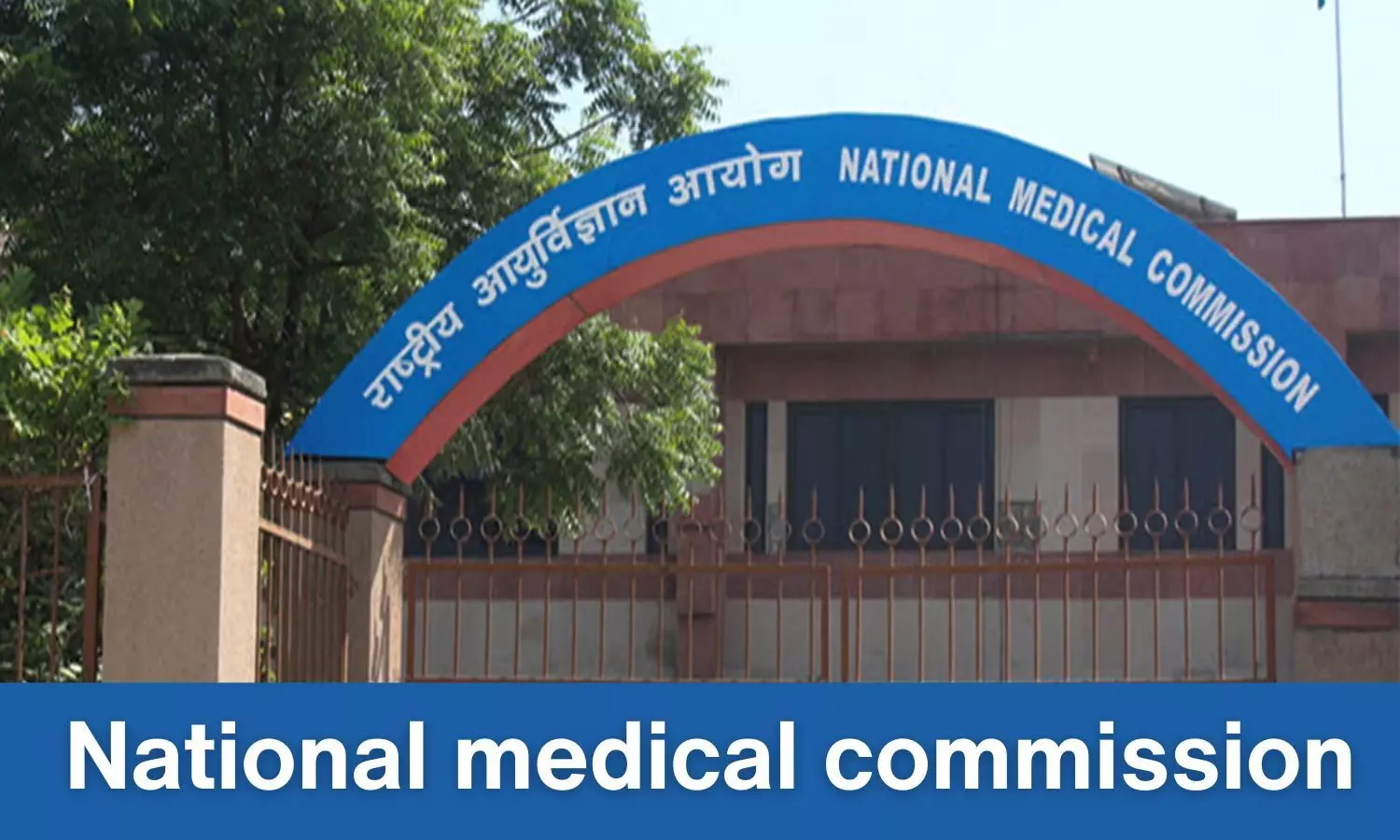According to a study published in the journal Andrology, a higher genetic susceptibility to leisure time may be associated with a greater risk of erectile dysfunction in men.
The prevalence of ED varies worldwide, with studies suggesting rates ranging from 5% to 25% in men aged 40 and older. Erectile dysfunction (ED) can stem from various factors, including physical conditions such as cardiovascular disease, diabetes, obesity, hormonal imbalances, and neurological disorders. Psychological factors like stress, anxiety, depression, and relationship issues can also contribute.
Leisure time can indirectly affect erectile dysfunction through its impact on overall health. Engaging in sedentary activities for a longer time can increase the risk of obesity, cardiovascular disease, and diabetes, all of which are significant contributors to ED.
In the study, researchers analysed data of more than 200,000 men and found that each 1.2 hour increase in leisure computer usage predicted 3.57-fold greater odds of erectile dysfunction. There was no evidence to suggest that watching television or driving for leisure increased the risk of erectile dysfunction. Also, computer use was not linked with depression, anxiety, or markers of blood vessel health, but it was associated with lower levels of follicle-stimulating hormone, which plays a role in sexual development and reproduction in both males and females.
The study revealed substantial evidence for a positive causal association between leisure time and the risk of erectile dysfunction. Extended computer usage for leisure raises the likelihood of developing erectile dysfunction, which may be associated to lower hormones that aid in sexual development.
The study’s findings suggested that moderate physical activity may be useful in correcting the dysfunction by improving cardiovascular health and balancing hormones.
Reference: Zhao Huangfu, Xinxin Gan, Yiren Yang, Qingyang Pang, Baohua Zhu, Xiao Zhang, Linhui Wang; A Mendelian randomization study on causal effects of leisure sedentary behavior on the risk of erectile dysfunction; Journal: Andrology; DOI:10.1111/andr.13611
Could antibiotics help fight COVID-19?
New research published in the Journal of Medical Virology indicated that antibiotics can effectively target bacteria in the gut that harbour the virus that causes COVID-19 and produce toxin-like peptides that contribute to COVID-19-related symptoms.
The bacteriophage behaviour of SARS-CoV-2 during the acute and post-COVID-19 phases appeared to be an important factor in the development of the disease. The early use of antibiotics seemed to be crucial to inhibit disease progression—to prevent viral replication in the gut microbiome, and control toxicological production from the human microbiome.
To study the impact of specific antibiotics on recovery from COVID-19 and long COVID (LC) taking into account: vaccination status and time of initiation of antibiotic therapy, researchers recruited a total of 211 COVID-19 patients in the study: of which 59 were vaccinated with mRNA vaccines against SARS-CoV-2 while 152 were unvaccinated. Patients were enrolled in three waves: from September 2020 to October 2022, corresponding to the emergence of the pre-Delta, Delta, and Omicron variants of the SARS-CoV-2 virus.
In the analysis, both vaccinated and unvaccinated groups had a median illness duration of 7 days, the median illness duration for the pre-Delta and Delta waves was 8 days, while it was shorter, 6.5 days, for Omicron.
The results showed that patients with comorbidities had a significantly longer disease duration: median 8 days compared to 7 days for those without comorbidities. Early initiation of antibiotic therapy resulted in a significantly shorter recovery time. Concomitant use of antibiotics did not reduce disease duration and in multivariate analysis prolonged the disease. A subgroup of 42 patients receiving corticosteroids for a median of 3 days had a longer recovery time compared to others.
The findings revealed a statistically significant reduction in recovery time among patients who received early antibiotic treatment. Early initiation of antibiotics played a crucial role in maintaining higher levels of blood oxygen saturation. In addition, it is worth noting that a significant number of patients who received antibiotics in the first 3 days and for a duration of 7 days, during the acute phase did not develop Long Covid.
Reference: Carlo Brogna, Luigi Montano, Maria Elisabetta Zanolin, Domenico Rocco Bisaccia, Gianluca Ciammetti, Valentina Viduto, Mark Fabrowski, Abdul M. Baig, Joachim Gerlach, Iapicca Gennaro, Elio Bignardi, Barbara Brogna, Aquilino Frongillo, Simone Cristoni, Marina Piscopo; A retrospective cohort study on early antibiotic use in vaccinated and unvaccinated COVID-19 patients; Journal: Journal of Medical Virology; DOI: 10.1002/jmv.29507
Does diet play a role in Vitiligo?
In a recent study published in the Journal of Cosmetic Dermatology, researchers combined available data to explore the impacts of diet and nutritional interventions against vitiligo.
Vitiligo is a rare autoimmune disorder characterized by the loss of skin pigmentation in patches or blotches, usually around the mouth, hair, and eyes. It is estimated to affect between 0.004% and 2.28% of the global population, and while phototherapy and pharmacological interventions can reduce symptom visibility, no cure for the condition currently exists. Heightened concentrations of reactive oxygen species (ROS) in tandem with reduced efficacy of the body’s normal antioxidant mechanisms is assumed to substantially exacerbate the disease.
As is the case in other chronic conditions characterized by altered ROS metabolism (some cancers and neurodegenerative conditions), diets are being explored for their potential antioxidant properties.
In the study, researchers discussed up-to-date outcomes from studies and publications exploring the association between diet and vitiligo. Two independent reviewers collected papers from online scientific repositories, while in another pilot study, the effectiveness of high-dose oral vitamin D supplementation on vitiligo repigmentation was investigated in 16 individuals with vitamin D deficiency vitiligo. Over half of the patients experienced 26%–75% repigmentation after consuming 35,000 IU daily.
The results highlighted the critical role of ROS and the body’s antioxidant mechanisms in the development and progression of vitiligo. ROS-producing heavy metals like cadmium (Cd), Mercury (Hg), and lead (Pb) are implicated as disease-causing substances. In contrast, the roles and impacts of micronutrients remain poorly understood.
Furthermore, diets and nutritional interventions rich in ROS-depleting molecules (such as vitamin C, B12, and D, polyunsaturated fatty acids (PUFAs), and antioxidants are observed to trigger beneficial vitiligo outcomes and reduce the burden of metabolism, cellular deterioration, and oxidative stress brought about by ROS.
The study concluded that while dietary interventions cannot be thought of as a standalone therapy, they still make a case for being used as adjuncts. Many food items that have antioxidants can be used in therapy for this disease, because of the pathophysiological nature of the disease.
Reference: Hadi, Z., Kaur, R., Parekh, Z., Khanna, S., Bin Khalil, A. B., Abbasi, H. Q., Ashfaque, F., Shah, D., Patel, V. J., & Hasibuzzaman, M. A. Exploring the impact of diet and nutrition on vitiligo: A systematic review of dietary factors and nutritional interventions. Journal of Cosmetic Dermatology, DOI – 10.1111/jocd.16277
